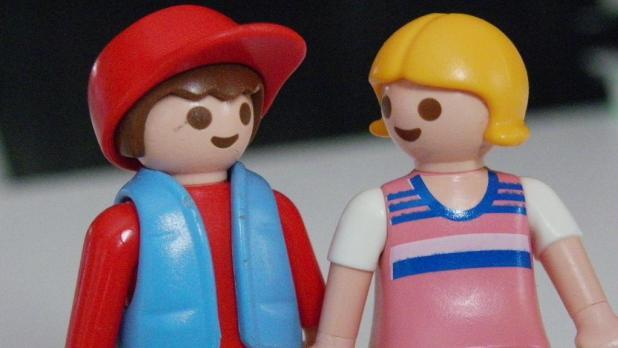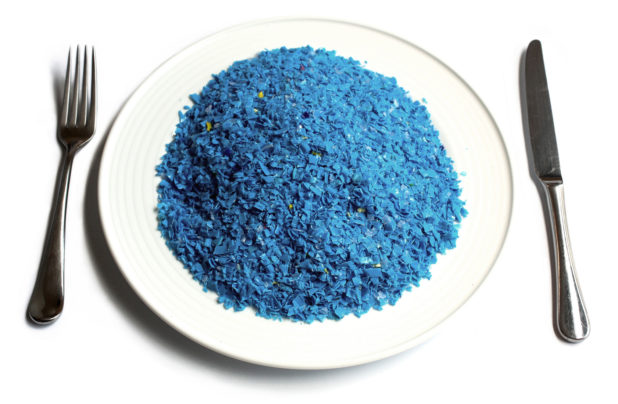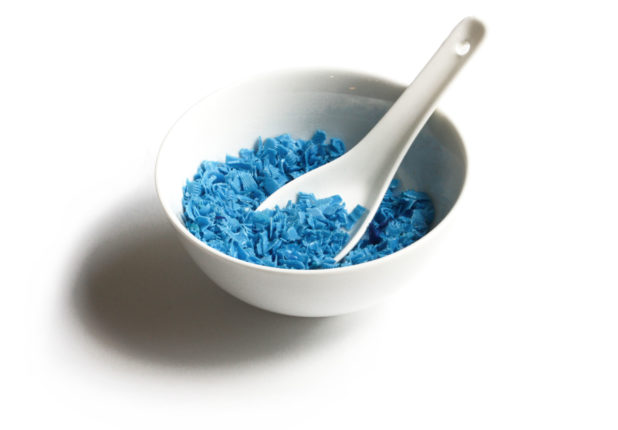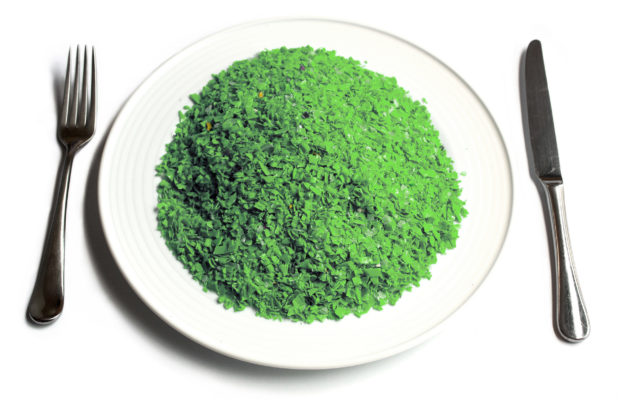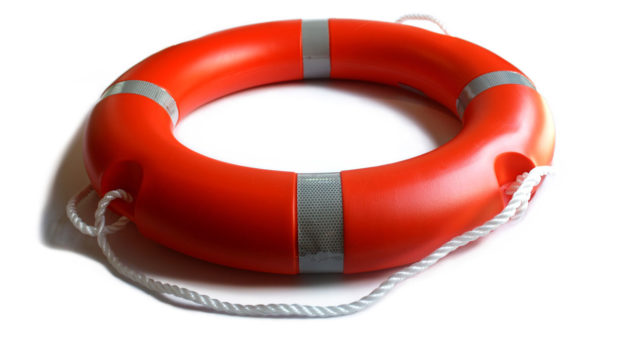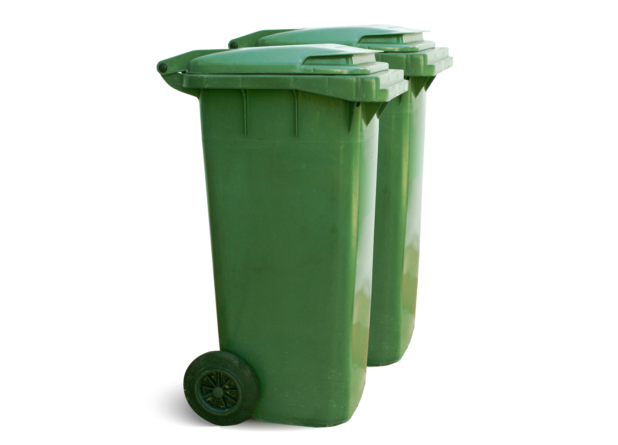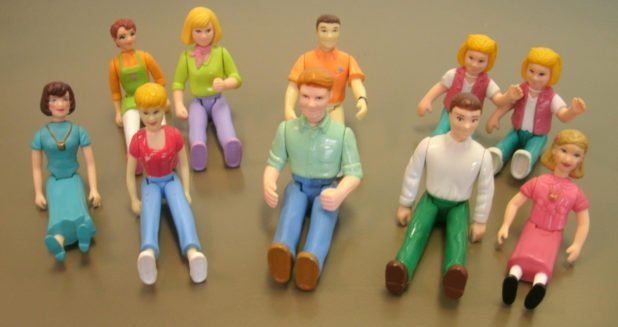Pomidor Quixote
Daily Stormer
January 1, 2020
This isn’t some new vegan supplement aimed at easing the transition of man into an infertile androgynous humanoid.
This is people being unable to escape the ubiquity of plastic.
Microscopic pieces of plastic have been discovered in the most remote locations, from the depths of the ocean to Arctic ice. Another place that plastic is appearing is inside our bodies. We’re breathing microplastic, eating it and drinking plastic-infused water every day.
Plastic does not biodegrade. Instead, it breaks down into smaller pieces, and ultimately ends up everywhere, including in the food chain. Pieces that are less than five millimeters in length, around the size of a sesame seed, are called “microplastics.”
Dozens of reports have been published on microplastics but the scientific community is still only scratching the surface of understanding just how much plastic we consume and how harmful it could be.
People could be ingesting the equivalent of a credit card of plastic a week, a recent study by WWF International concluded, mainly in drinking water but also via sources like shellfish, which tend to be eaten whole so the plastic in their digestive systems is also consumed.
Based on the findings of the study, Reuters created the following images to illustrate what this amount of plastic actually looks like over various time periods.
Stay away from bottled water. Avoid plastic bottles.
Try to get a reverse osmosis system or at least a charcoal water filter for your home because tap water and the pipes that take it to your home are not to be trusted.
Every week
5 grams of plasticThat’s about the same weight as a plastic bottle cap and enough shredded plastic to fill a porcelain soup spoon.
Every month
21 grams of plasticThat’s about the same weight as five casino dice and enough shredded plastic to half-fill a rice bowl.
Every 6 months
125 grams of plasticThat’s enough yellow shredded plastic flakes to fill a cereal bowl, as pictured below.
Every year
250 grams of plasticThat’s a heaped dinner plate’s worth of shredded plastic, as pictured below.
Every 10 years
2.5kg of plasticReuters did not have enough shredded plastic to weigh in order to visualise this comparison. However, a standard life buoy weighs 2.5 kilograms so we found one of those.
In our lifetime
20kg of plasticThe average human lives for 79 years. Using the current estimate of microplastic in our diets and assuming the situation doesn’t improve or worsen, that equates to 20 kilograms of plastic consumption. That’s more plastic than the two mobile recycling bins shown below, which only weigh 10kg each.
This is quite a fitting image to represent the lifetime consumption of plastics:
People’s bodies are being turned into trash bins — but don’t worry, because it’s the recyclable kind of trash. We’ll soon start recycling old people’s bodies to get back this very valuable plastic material that we put everywhere to signal our ever-increasing wealth.
You know that El Dorado legend?
We have something much better than El Dorado.
We have El Plastificado.
We have legendary cities made out of plastic, plastic islands, plastic continents, plastic food packages, plastic toys, plastic cookware, plastic clothing, and this study revealed that we even have plastic people too.
People of the future will look for the lost city of El Plastificado among oceans of plastic, hoping to find great riches.
They’ll be quite disappointed though once they find that the riches were also made out of plastic.
